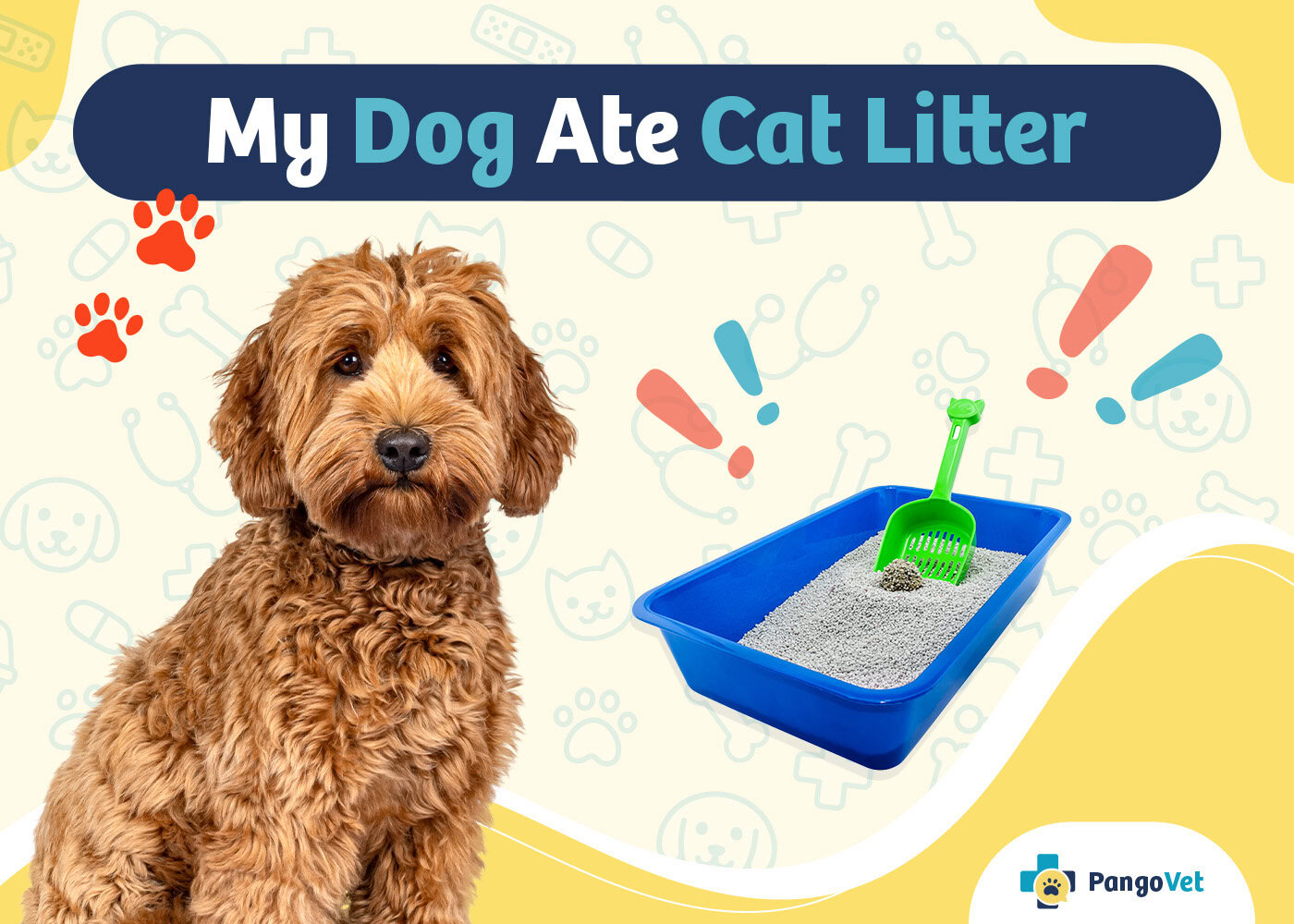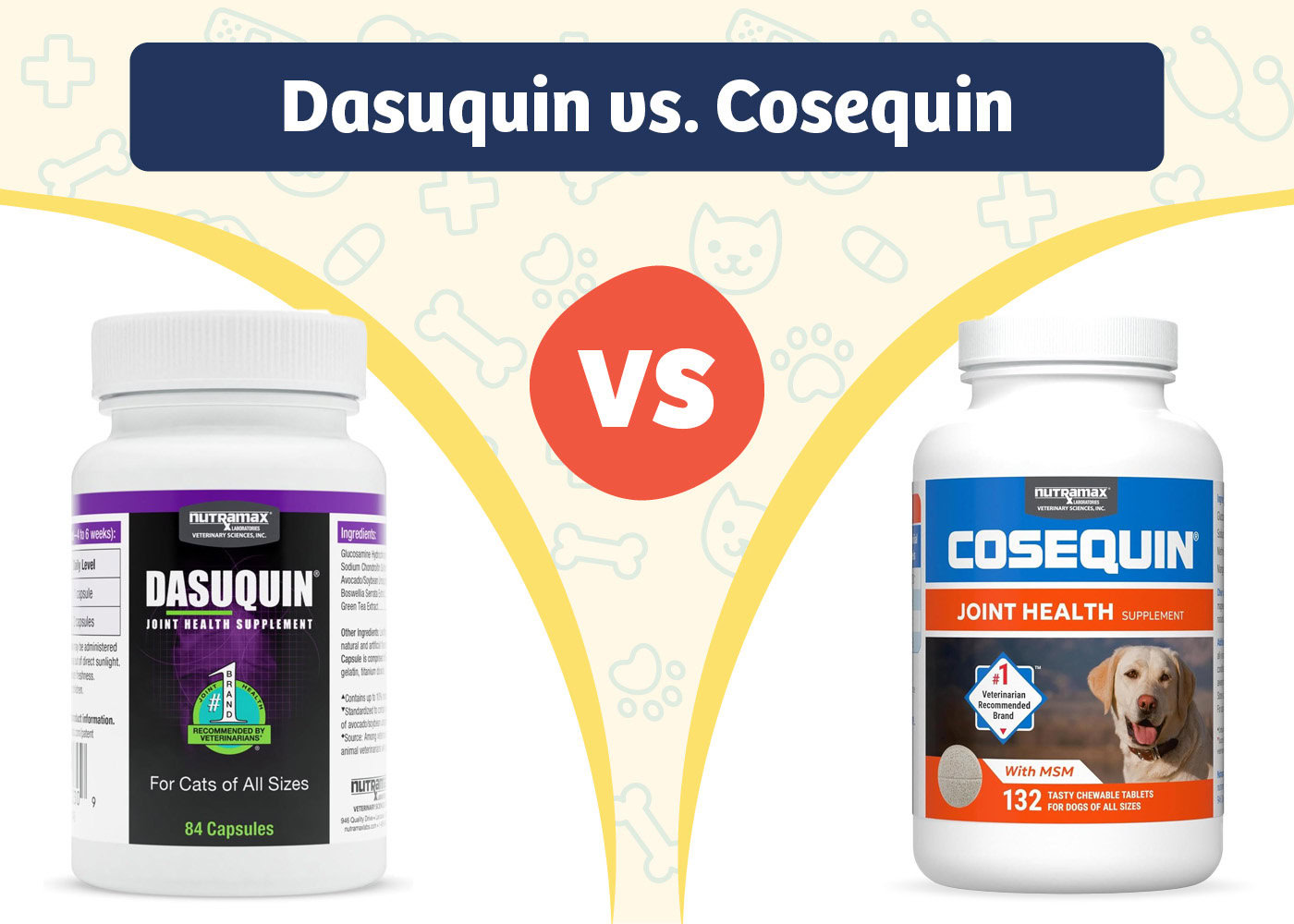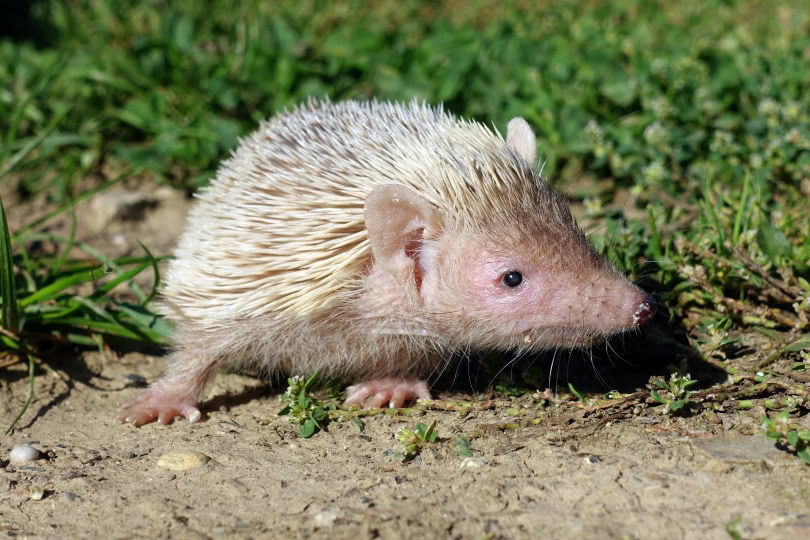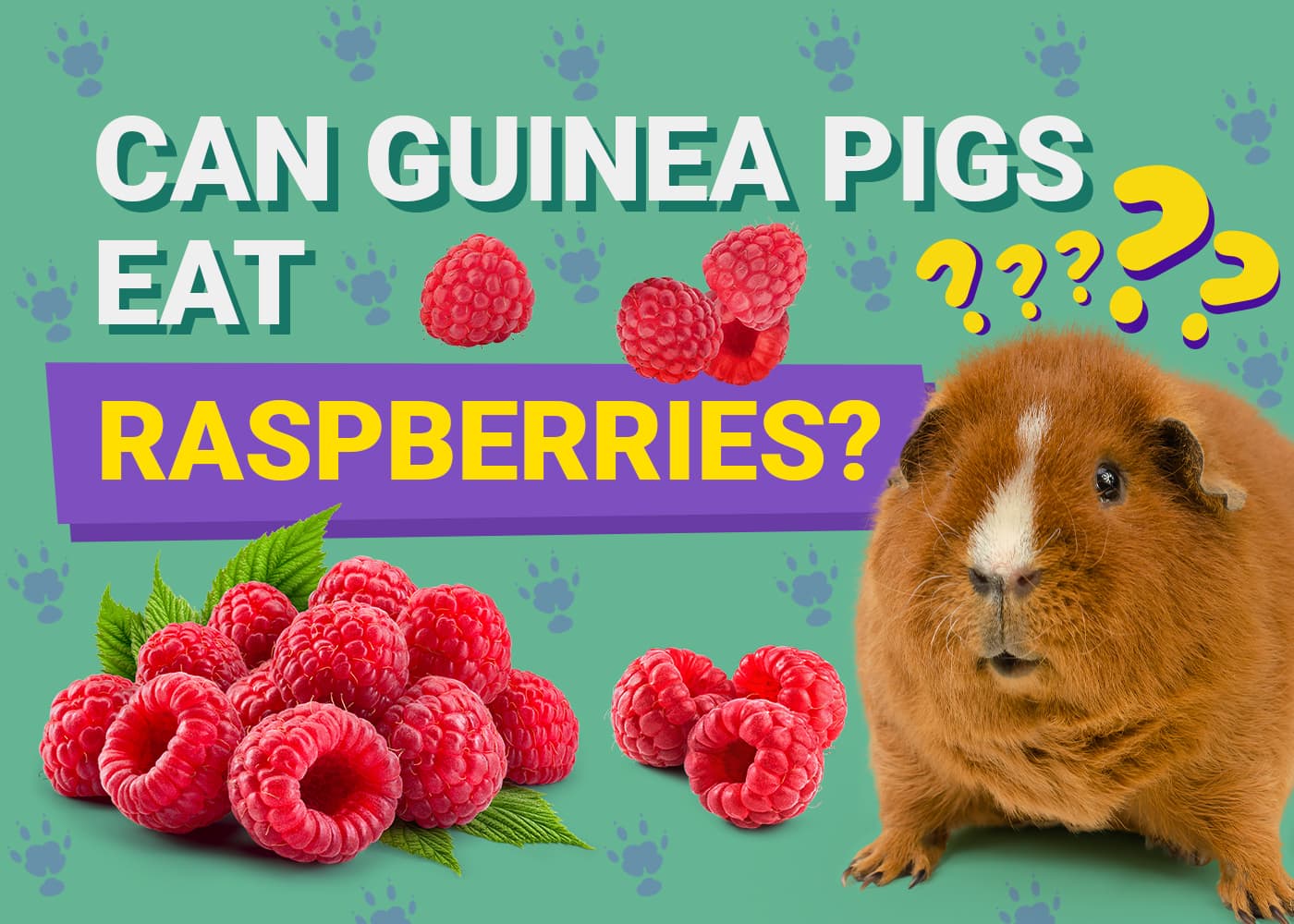VET APPROVED

The information is current and up-to-date in accordance with the latest veterinarian research.
Learn more »Click to Skip Ahead
Why is it that canines just love to treat the world as their buffet? Edible or inedible, they’ll give it a try! Any veterinarian in the world can tell you stories about the weird and wonderful things that they’ve retrieved from dogs’ inner workings. So, it shouldn’t be a surprise to find out that your pup has decided to test out the palatability of the contents of the cat’s litter box. They’re likely after what is buried in the litter, but some dogs might start eating the litter itself.
So, what do you do if your pup has just eaten a mouthful or more of cat litter? The answer is not completely straightforward, as there are many different types of litter. The first thing to know is that cat litter is not toxic to dogs. However, that doesn’t mean it can’t be dangerous.
All cat litter must be created in such a way that if it gets ingested (such as by a cat grooming themselves), it is not toxic. Now that you know there’s no need to panic, let’s talk in more detail about the types of cat litter that exist and the effects that they can have on your dog.

What to Do
1. Find Out What Sort of Cat Litter You’re Dealing With
Identify the type of cat litter your dog ingested. Rest assured that it won’t be poisonous to your dog, but it will affect what you should do next.
2. Call Your Vet
Depending on the type of cat litter that your dog ate and how much, your vet may advise you to bring them into the office, monitor them, and/or offer them food and water.
Clumping vs. Non-clumping
This is the main thing we need to understand and be concerned about. Clumping cat litter is particularly popular, as it makes it much easier to isolate and scoop out contaminated litter without needing to change the whole amount. The second benefit is that you can put more litter in the box, creating a deeper layer for your cat to bury their business, which they prefer. With non-clumping litter, the soiled litter is more easily mixed in with the clean, so you often need to discard most or all of it once it has been used once or twice, and it is less economical to create a deep layer each time.
Obviously, the problem with clumping cat litter is that it clumps when it comes into contact with moisture, so a dry mouthful can become a solid mass inside your dog’s stomach or intestines. Depending on how absorbent the litter is, the clumps may quickly turn into a paste consistency, but they may stay formed for a longer time.
In either case, the litter can cause a blockage on its own or accumulate food and other debris along the digestive tract to form an obstruction. If your dog is unable to pass this obstruction, it is likely to require surgery.
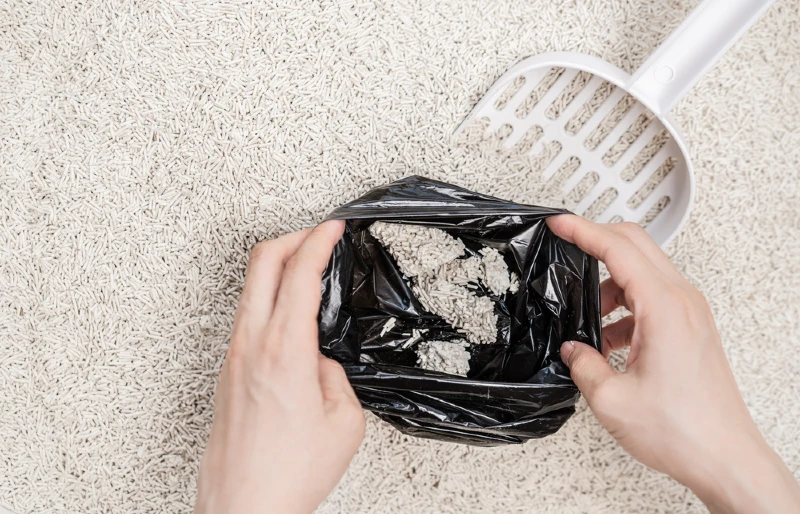
The Varying Types of Cat Litter
You now know about clumping and non-clumping litter, but within these categories are different types of materials—and there are too many to list every single one. The main types used are clay, silica, recycled paper, wood pellets, sand, and plant material (e.g., crushed shells, seeds, or grass). Perhaps your dog might think of these as different flavors!
Clay
This can be clumping or non-clumping, but even the non-clumping can become a problem if ingested. If you’ve ever used clay-based cat litter, you’ll know that when it is really wet, it can become a muddy mess. If this sort of material accumulates in large amounts inside your dog, they could end up with a complete or partial blockage in their digestive tract.
Silica Gel/Crystal
This is the “pretty” cat litter that looks a bit like pearls. It absorbs urine without the need to scoop it out, and some even contain chemicals that change color to indicate different urinary problems, so it is useful for cats with pee issues.
This sort of litter is not as common, as it is more expensive than most others, and it also relies on environmentally unfriendly mining. The physical properties of this litter, however, mean that it is most likely to pass through your dog without incident if eaten because it doesn’t clump or even become sticky when wet. But it does absorb a lot of moisture.
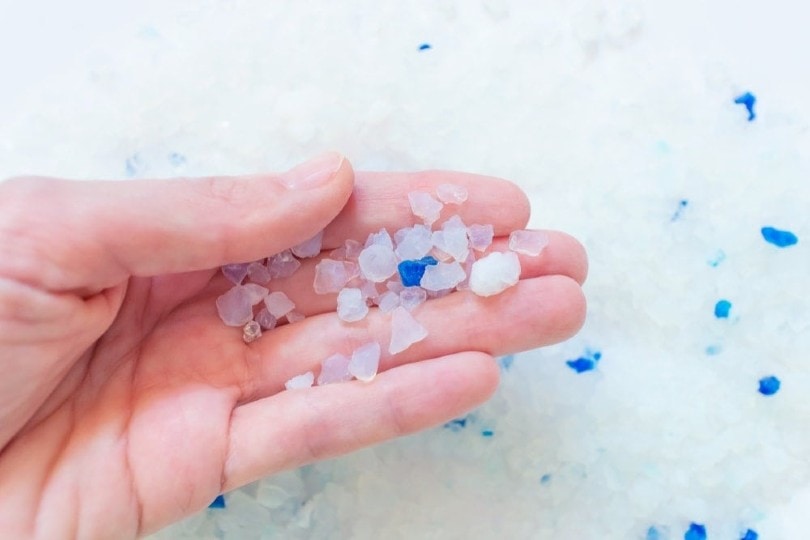
Recycled Paper
Cat litter made from recycled paper can either be in pellet form or fluffy sort of flakes. Like with clumping cat litter, the main risk with this sort of litter is that it can accumulate in the gut and cause an obstruction.
Wood Pellets
The wood used to make cat litter should be free from treatments, stains, or oils to ensure that they are safe to use for cats. However, woods like cedar or pine have essential oils that could cause gastrointestinal discomfort or upset if ingested. Wood pellets tend to break down with the more moisture they encounter, so provided that your dog keeps hydrated, this type of litter is less likely to cause a blockage.
Sand
Sand is less absorbent than a lot of other materials used as cat litter, but if eaten in large enough quantities, it can still lead to a blockage. The finer particles, however, mean that sand will usually be able to shift through the small intestine but can lead to problems in the rectum. Constipation is a common problem seen in dogs that spend a lot of time snuffling around the dunes at the beach, for example.
Plant Material
This might be the most palatable option on the list and one of the least likely to cause major complications. Similarly to sand, though, the finer particles will usually be able to pass through most of the digestive tract but could still cause a partial obstruction or constipation.
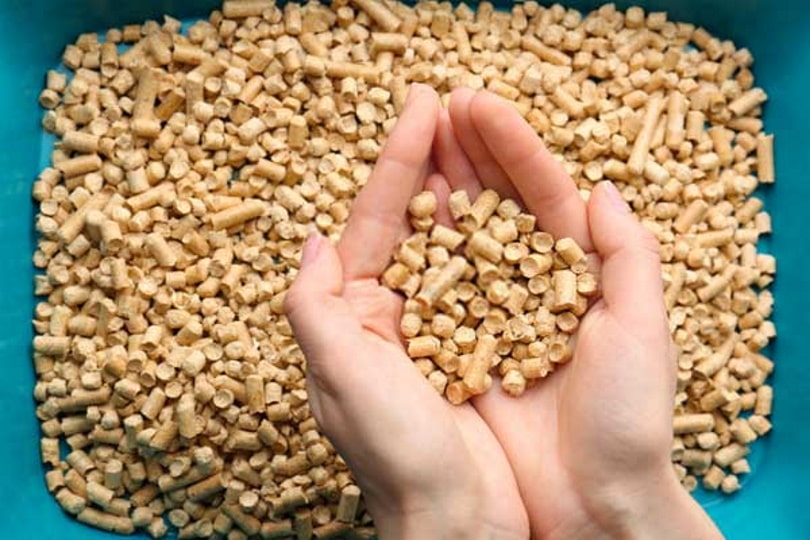

Risks & Dangers
Blockage
Obstructions are the biggest worry when it comes to eating litter. If your dog only ate a small amount, it is likely that there won’t be any issues, but if they ate a lot at once or have been eating it regularly, they can end up with solid lumps of cat litter blocking the stomach or intestines or gradually building up in the gut walls over time.
- Vomiting shortly after eating
- Inappetence
- Not keeping water down
- Abdominal pain
- No feces or watery feces
Dehydration
Most cat litters are designed to absorb moisture, so if your dog eats that litter, it may start absorbing fluid inside them. Crystal litter is particularly absorbent. Depending on how long it takes for the litter to pass through, this could result in mild to severe dehydration. This can compound the issue at hand, as the more dehydrated your dog becomes, the more difficult it is for the litter to move through the intestines.
- Dry or tacky gums
- Loss of skin turgor (when you pinch up some skin, it does not spring back quickly)
- Lethargy
- Panting
Constipation
The primary function of the large intestine is to absorb water from the waste material before it is excreted. If the cat litter makes it successfully to this part of the digestive tract, the dog can end up with an accumulation of material that is becoming drier and more solid the farther it goes. In small amounts, this shouldn’t be too much of a problem. In large volumes, however, your dog could end up with a rectum full of dry cat litter that they cannot pass.
- No feces, small amounts of watery feces, or tiny, hard, nugget-like feces
- Straining to pass feces
- Inappetence
- Vomiting
- Unable to settle or get comfortable

What Will Happen Next?
Depending on the type of cat litter, how much your dog ate, and how long ago that was, there are a few possible scenarios.
If your dog has only eaten a small amount, you will most likely just need to keep them eating and drinking and monitor them for any worrying signs. For large amounts of litter or for clumping litter, a vet may want to make your dog throw up to reduce the risks of a blockage. Never try to make your dog vomit at home without speaking to a vet first. It may not be the recommended course of action and could make things worse.
For litter that is really absorbent, lots of oral fluids can reduce the risk of the litter drying out in the digestive tract and causing dehydration. A vet may also recommend giving your dog intravenous fluids to improve their recovery. Sometimes, an oily, lubricating meal will help keep things moving, but do not give your dog anything to eat until you have spoken to a vet. Your dog could need to be sedated for X-rays, so it is best to wait until you have a plan in place.
In cases where cat litter is causing an obstruction that cannot be shifted by external methods, a vet may need to perform surgery to remove the blockage to prevent rupture of the intestines. This outcome is more likely if it has been several hours or days since your dog ate the cat litter or in cases where they have been grazing for a while and the material has built up over time.

Summing Up
Although it is a relief to know that cat litter is not toxic or poisonous for canines, your dog eating it can still cause major problems, especially if they eat a lot of it or eat it regularly.
If your dog has eaten cat litter, the first thing to do is check what sort of litter it is, and the second thing is to call your vet. Early intervention will reduce the risk of complications.
The best way to prevent your dog from partaking in this unappetizing habit is to keep the litter box in an area or room that your dog cannot access or to invest in a tray that is difficult for them to get into. There are also great ideas for using furniture to house your litter box, making it more aesthetically pleasing and less accessible for a curious canine.
If your dog has developed this or other unpleasant predilections, ensure that all your pets stay up to date with their worming treatments!
- See Also: My Dog Ate a Magnet
Featured Image Credit: ARVD73, Shutterstock
